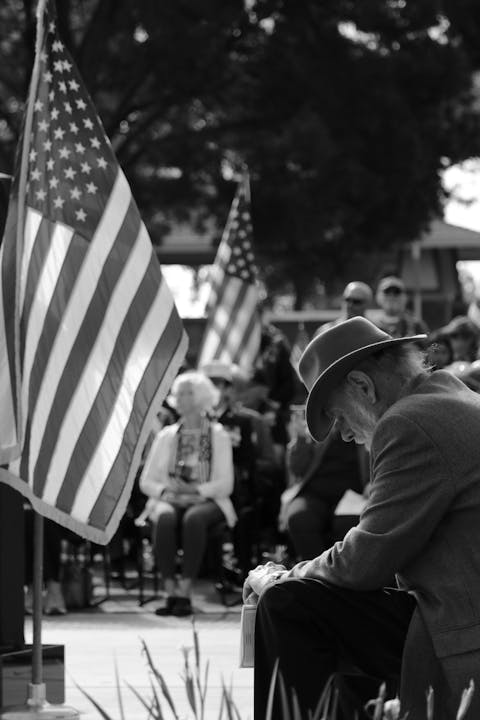History

First printed in the Roseville Press-Tribune | April 12, 2002
The first burial at what is now Roseville District Cemetery occurred three years before the first trains came to Roseville in 1864. It would be another 48 years before the first City Council was elected, culminating efforts to form a city government. Rachel E. Berry, who died on Nov. 13, 1861 at age 37, was the wife of John Hare Berry, reported to be Roseville’s first justice of the peace. Berry and his family came to Roseville in 1860.
Another grave tells the story of Moses Heald, born in Carlisle, Mass., on March 12, 1814. She died in Roseville on Sept. 17, 1878 at age 64 years. Another is the final resting place of Jeremiah Kidwell, a native of Hampshire, WV, who was born on Jan. 2, 1820 and died on Nov. 2, 1882, at age 62.
The first cemetery in Roseville was reportedly a “boot hill” used by wagon trains passing through the area. The cemetery, containing about 63 graves, stood on a knoll at what is now Folsom Road and Douglas Boulevard. The graves were moved to the Berry Street site in 1960 to make room for Roseville Square.
The project was undertaken under special authorization of the Placer County Superior Court. Most of the graves were unidentifiable because vandals had busted up or destroyed the markers. The late Curt Cochrane was placed in charge of removing the graves. In a 1984 interview, Cochrane said he was required to keep a log of all items removed from the graves and transfer them with the remains to the new gravesite. He said one body was dressed in a buckskin suit with frills on the pant legs and jacket sleeves. Cochrane said most of them contained children. A wrought-iron fence with granite posts and monument donated by Chapman Monuments of Roseville mark the site of the graves at their new location.
There is history all around Roseville Cemetery, including the graves of 11 railroad workers killed in a grinding train wreck during a fierce storm 67 years ago this week. Very few recall the fatal event which rocked the small railroad community of Roseville. At 8:30 PM on April 8, 1935, a Southern Pacific railroad gang was returning home on two railroad motorcars. The crew had been repairing the washed out track between Roseville and Lincoln. Fourteen workers were riding on the open, self-propelled cars when they collided head-on with a train of gravel cars being pushed by an engine to the washed out areas.
The collision occurred just north of the Andora underpass on Washington Boulevard, across from what is today’s Diamond Oaks subdivision. The Roseville Tribune reported April 10, 1935, the 11 victims had been working on a track that had been swept away in one of the worst storms to hit the area. All of the men, employed in the Roseville SP yard, had been pressed into service to repair the damaged track. Neither the men on the motorcars or the crew of the train reportedly saw each other. There were three survivors. The newspaper said the bodies of the victims were thrown 50 feet. Several were found in a deep ravine alongside the track.
Killed were Agapito Munoz, 31; Vicente Hernandez, 33; Antonio Espinosa, 46; Arnulp Caballero, 30; Leonardo Jiminez, 41; Ysaac Esqueda, 46; and Jose Vargas, no age given. All seven are buried side-by-side in a common grave. There is no headstone for Vargas. Also buried side-by-side are Stavros Petakes, 47; Leonidas Apostolos, 38; Speros Darras, 41; and Peter Piniotes, 41. The survivors were Jim Demantipolis, Ramon Moralis, and Earl Haverman.
Roseville District Cemetery is more than a museum. It is a fully functional cemetery where burials are still reserved for residents of Roseville, Granite Bay, and the Dry Creek area west of Roseville. The Independent Order of Odd Fellows maintained the cemetery in the first half of the century. Placer County created a cemetery district in 1939, which oversees both the Roseville Cemetery and Union Cemetery on the corner of Watt Avenue and PFE Road.
The district’s main source of revenue comes from taxpayers in the district. Funds also are generated by services provided by the district. The cemetery district is an “endowed care cemetery,” meaning graves are maintained by the district. In addition to the six-member maintenance crew, the district uses part-time help from the county’s work relief program – people assigned by the courts to perform community service.


